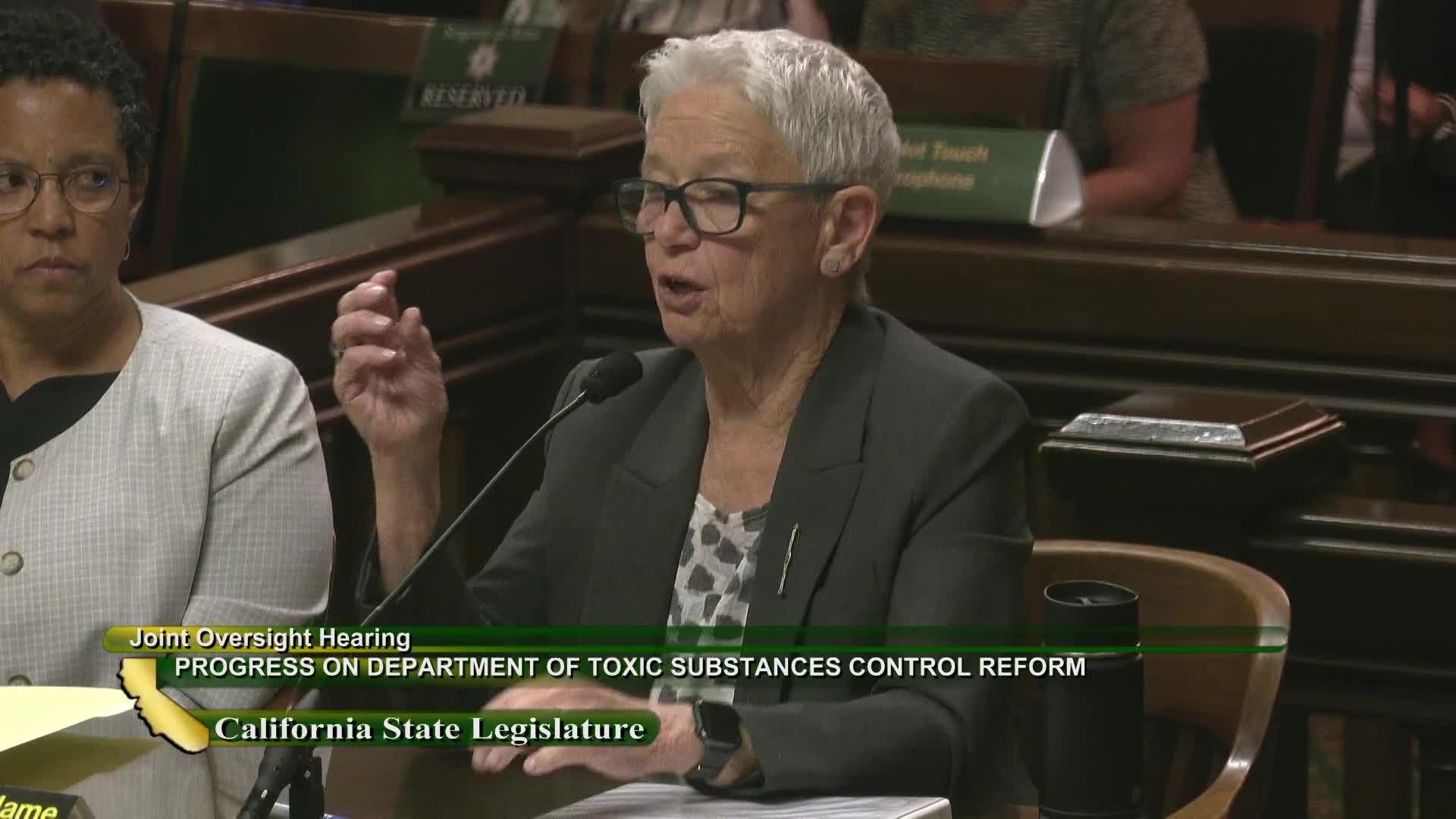California tackles hazardous waste crisis with innovative solutions
August 28, 2024 | Environmental Quality, Standing Committees, California State Senate, Senate, Legislative, California
This article was created by AI summarizing key points discussed. AI makes mistakes, so for full details and context, please refer to the video of the full meeting. Please report any errors so we can fix them. Report an error »

In a recent government meeting, officials engaged in a robust discussion regarding the management of hazardous waste within the state, highlighting the complexities of waste classification, transportation, and disposal. A significant concern raised was the need for improved infrastructure to handle hazardous waste locally, as many out-of-state transporters currently manage this waste, leading to capacity issues and environmental concerns.
Participants emphasized the importance of innovation and technology in waste remediation, advocating for investment in new methods that could reduce the reliance on traditional \"dig and haul\" practices. This approach not only contributes to community disruption through increased truck traffic but also raises the risk of improper disposal and contamination of local water sources.
The conversation also turned to household hazardous waste, where officials acknowledged the confusion surrounding what constitutes hazardous materials. The lack of clear guidelines has left consumers uncertain about proper disposal methods. The need for enhanced consumer education and extended producer responsibility was highlighted as a potential solution to ensure that hazardous waste does not end up in landfills or contaminate recycling streams.
Moreover, the meeting addressed the challenges faced by metal shredding facilities, which are currently operating under a regulatory gray area. Officials discussed the necessity of creating a framework to regulate these facilities more effectively, ensuring they adhere to environmental standards while recognizing their role in recycling and waste management.
Overall, the meeting underscored the urgent need for a comprehensive hazardous waste management plan that incorporates innovative technologies, clearer consumer guidelines, and robust regulatory frameworks to protect public health and the environment. Stakeholders are expected to continue discussions in the coming months to develop actionable strategies to address these pressing issues.
Participants emphasized the importance of innovation and technology in waste remediation, advocating for investment in new methods that could reduce the reliance on traditional \"dig and haul\" practices. This approach not only contributes to community disruption through increased truck traffic but also raises the risk of improper disposal and contamination of local water sources.
The conversation also turned to household hazardous waste, where officials acknowledged the confusion surrounding what constitutes hazardous materials. The lack of clear guidelines has left consumers uncertain about proper disposal methods. The need for enhanced consumer education and extended producer responsibility was highlighted as a potential solution to ensure that hazardous waste does not end up in landfills or contaminate recycling streams.
Moreover, the meeting addressed the challenges faced by metal shredding facilities, which are currently operating under a regulatory gray area. Officials discussed the necessity of creating a framework to regulate these facilities more effectively, ensuring they adhere to environmental standards while recognizing their role in recycling and waste management.
Overall, the meeting underscored the urgent need for a comprehensive hazardous waste management plan that incorporates innovative technologies, clearer consumer guidelines, and robust regulatory frameworks to protect public health and the environment. Stakeholders are expected to continue discussions in the coming months to develop actionable strategies to address these pressing issues.
View full meeting
This article is based on a recent meeting—watch the full video and explore the complete transcript for deeper insights into the discussion.
View full meeting
